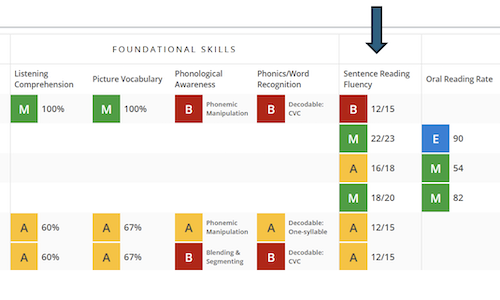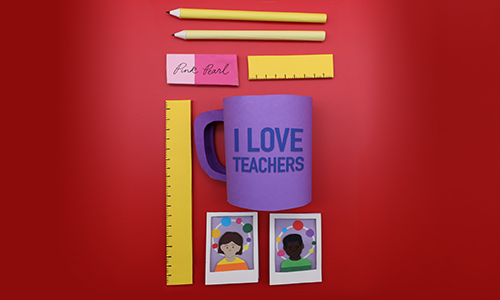 For many schools across the country, MAP® Growth™ helps teachers gather information on student learning that gives them the data they need to make informed instructional decisions. Getting students ready for the MAP test can help them do their best on the assessment.
For many schools across the country, MAP® Growth™ helps teachers gather information on student learning that gives them the data they need to make informed instructional decisions. Getting students ready for the MAP test can help them do their best on the assessment.
Here are some valuable discussion points:
- Talk about the purpose of MAP Growth testing. The MAP test shows teachers where students are in their learning so you can differentiate instruction. It will also help teachers know what each student should be working on to improve the most. It’s even better if you can specifically talk to students about the purpose of the winter test and how the results will be used.
- The MAP test builds a unique test for each student. The computer displays one question at a time on the screen. Students select an answer using the mouse or the keyboard. The difficulty of the test will adjust based on how the student performs on the questions. MAP will build a test that is specific to each student.
- Students are not expected to know the answer to every question.
- Students cannot skip items, and they cannot go back.
- Students may change an answer as many times as they like, but once they have clicked the Go On button, or pressed the Enter key on the keyboard, the answer cannot be changed.
- The tests are not timed, but students need to work productively.
- Students should use their best test-taking skills. Review test-taking skills with students: Sounding out familiar words, looking for root words, using prefixes and suffixes, looking at surrounding text for clues, reading directions and an item completely, and eliminating wrong answers.
- Find out if students are comfortable using the mouse, keyboard, scroll bars, and a pop-up calculator. If they are not, you might need to schedule a time to familiarize students with the lab and computers.
- Tell students about the assigned seating arrangement in the computer lab.
- Remind students that they cannot use textbooks, other materials, or hand-held calculators during the test.
- Discuss the importance of listening to the proctor’s directions before beginning the test.
The MAP test can accurately measure growth, project proficiency on state accountability tests, and inform how educators can differentiate instruction, evaluate programs, and structure curriculum. These tips and resources can help teachers ensure that students are prepared and ready to put their best foot forward.






